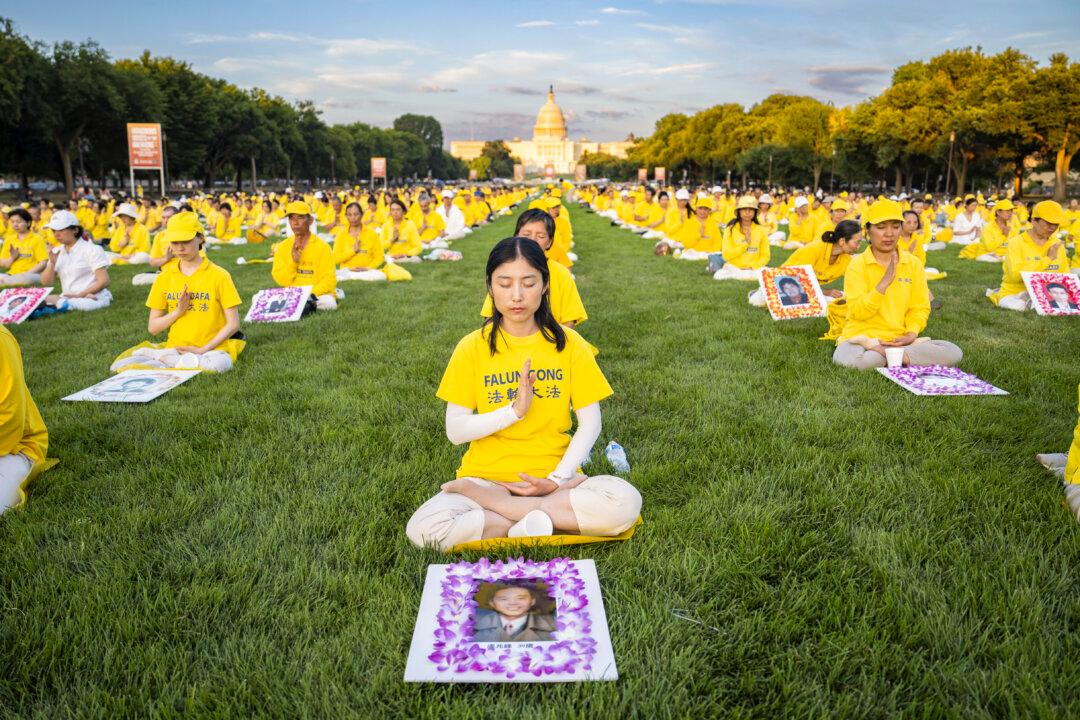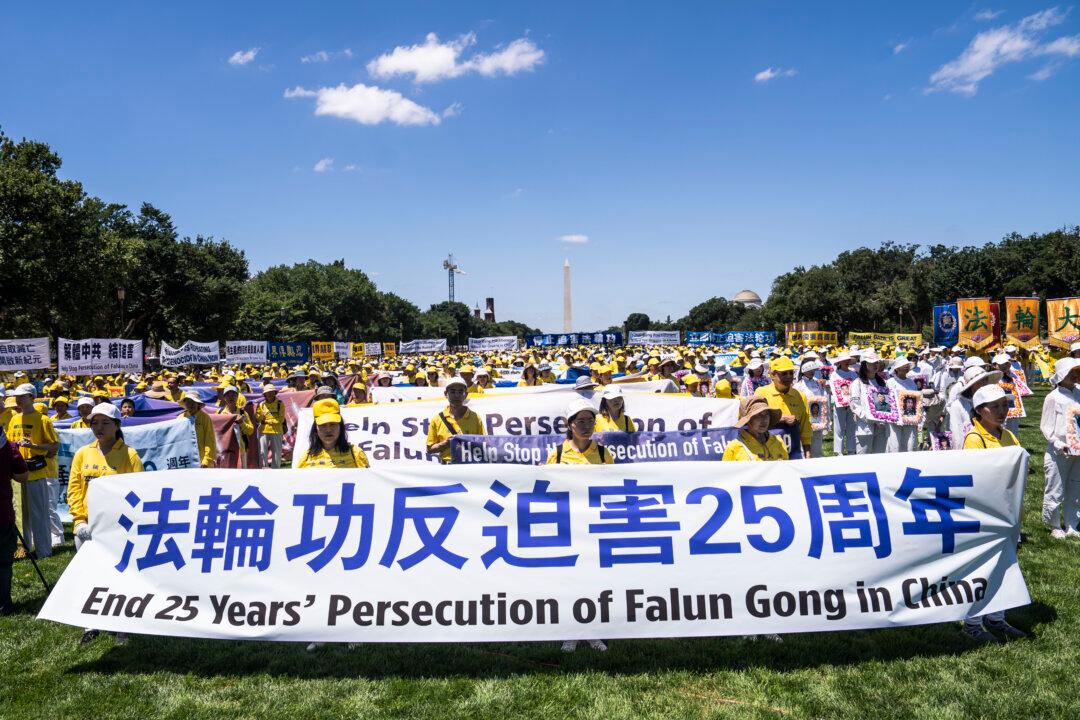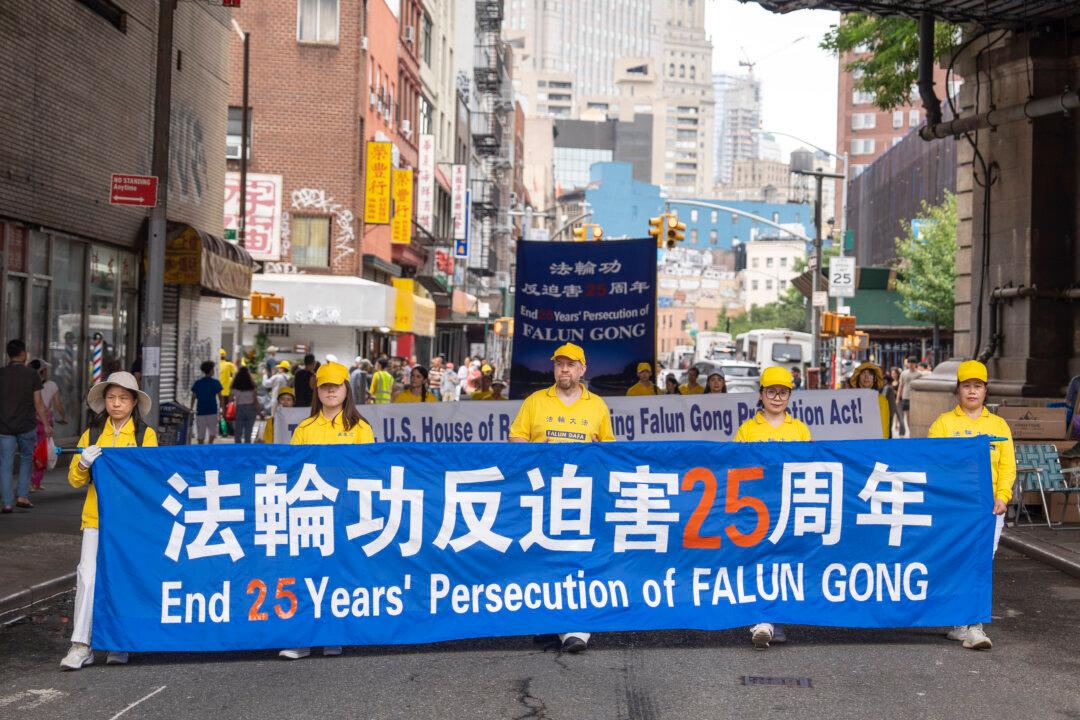People on a sightseeing trip to Tibet did not expect their journey would come to a halt on a bridge because of a recent COVID-19 outbreak in that country.
Among the group, was a family of six who left China’s central Hubei Province to drive to Tibet on July 30; but on Aug. 13, they were stopped on the Jinsha River Bridge because of a sudden lockdown.
Jinsha River Bridge is a key traffic channel across the river that connects China’s southwestern Sichuan Province and Tibet. Jinsha River, meaning “Golden Sand River,” is the name of the upper reach of the Yangtze, China’s longest river.
One end of the bridge is under the jurisdiction of Markam County, Tibet, and the other end is under the jurisdiction of Batang County, Sichuan Province.
No Restrooms, No Shower
Ms. Liang (pseudonym), her husband, and four other family members were traveling together from Hubei Province to Tibet in their car.“We left on July 30, driving along National Highway 318, heading to Tibet,” Liang told The Epoch Times on Aug. 22.
China’s National Highway 318 (G318) runs west from Shanghai to Zhangmu in Tibet on the China-Nepal border. It is the longest China National Highway at 3,403 miles in length.

But a lockdown was suddenly imposed when they were on the Jinsha River Bridge on Aug. 13, because of a COVID-19 virus outbreak that started in Tibet in early August.
There was nowhere to take a shower, and there was no toilet—the biggest issue for the group.
“We had to make do with anywhere that was comparatively safe and convenient,” Liang said with frustration.
They were stuck on the bridge in the hot summer weather for four days.
On August 16, the government staffers on the Tibetan side told them to do PCR tests and turn on their health code.
“If the PCR tests are negative and our health codes are green, they said we could leave the bridge,” Liang said.
Shoved to the Ground
When Liang told the government staffer that their health codes were all green, he ordered them to quickly drive off the bridge.But another staffer stopped them and motioned them to park on one side of the bridge.
“My husband explained to him that we had green health codes and were allowed to leave,” Liang said, “but he wouldn’t let us leave, pretending not to hear the other staffer’s words that told us to leave.”
After being isolated on the bridge for four days and feeling desperate, Liang said she jumped out of their vehicle and said something rude to the staffer.
“He immediately shoved me to the ground without any hesitation,” Liang said, “I still remember several feet kicking me at the same time.”
She tried to stop the kicking with her hands but in vain. Her husband was controlled by several people who also beat him.
Liang was able to shoot several seconds of video of the guards beating her husband before her phone was grabbed by the man who had stopped them.
“He was so tall; I couldn’t reach him, and he pushed me down to the ground again,” Liang said.
Other video footage obtained by the Chinese language edition of The Epoch Times shows a woman sitting on the ground, saying “Give me back my mobile phone.” Then a man is heard saying several times: “Give my wife’s phone back.”
But a man in a white protection gown refuses him, saying that Liang had just sworn at him.

According to Liang, another government staffer returned her phone later, but the video footage had been deleted and all their health codes were now red.
Two Alleged Deaths During the Lockdown
Liang said that two people died during the lockdown.“People could not stand it, as conditions were really bad,” Liang said, “so people were protesting in the middle of the bridge every day.”
On Aug. 18, a person committed suicide by jumping from the bridge into the river early in the morning, and another person died of illness due to a lack of medical treatment during the enforced stay, Liang told The Epoch Times.
“At the cost of two lives, we were able to go free the next day,” Liang said sadly. “Our sightseeing trip was like a journey of tribulation.”
Many of the vehicles on the bridge were released on Aug. 19, according to Liang.
The Epoch Times reached out to the local pandemic prevention and control office in Garzê Prefecture of Sichuan Province. The answering staffer said that they were not clear about the situation on the bridge and asked our reporter to call the local pandemic control command center. But the number given by the staffer was not active.
On Aug. 27, China’s top health body said that 51 cases of COVID-19 were recorded in Tibet. There are no reports on how authorities are able to test the Tibetan nomads.





